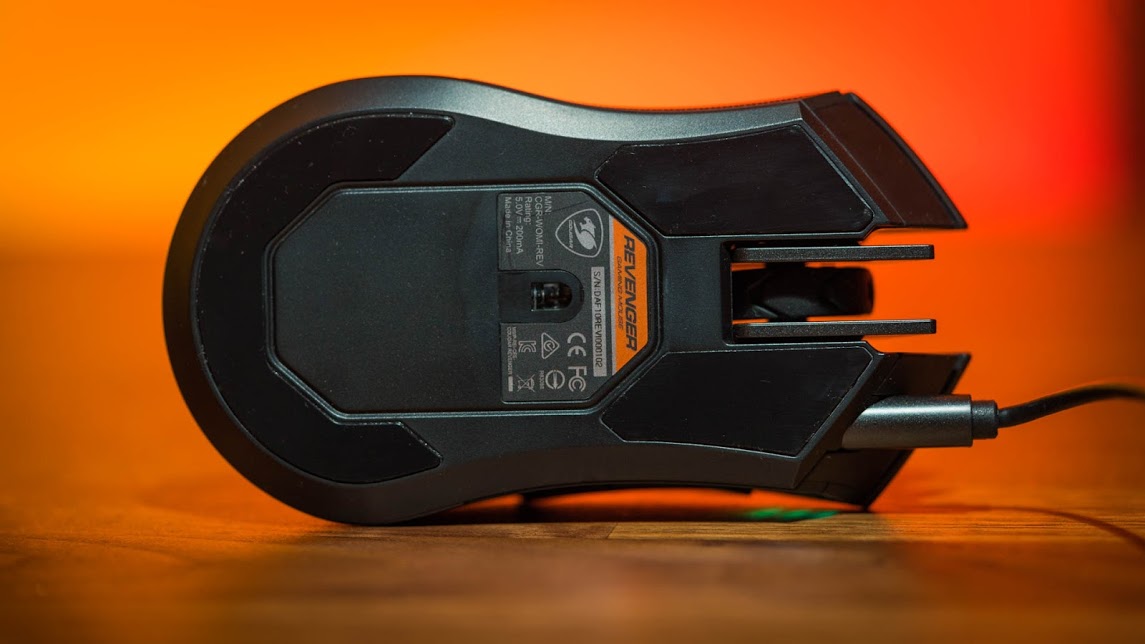
The mouse has long been one of the most important PC peripherals since the advent of the graphical user interface (GUI). In fact, it’s only relatively recently that alternatives have come along to challenge the mouse’s efficiency and accuracy in manipulating on-screen items. And even those alternatives, such as touchscreen displays, pens, and voice controls, are often used to augment the mouse rather than replace it.
There’s an entire industry dedicated to making PC mice, and the one that shipped with your new PC might be a low-cost version that’s holding back your experience. The mouse industry is constantly introducing new and better mouse options, creating what can be a difficult choice for anyone looking to replace a poor performer.
We created this guide to provide you with an overview of some of the things you’ll want to keep in mind as you peruse the hundreds of mouse options in Newegg’s selection.
Prices and availability of products discussed were accurate at time of publication, but are subject to change.
Wired vs. wireless
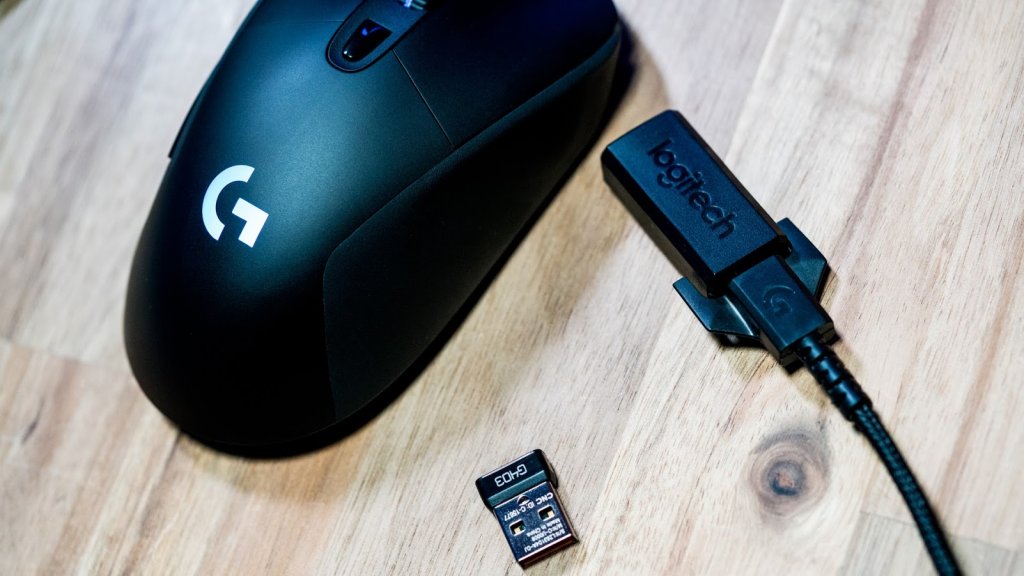
A good place to start when making your mouse decision is determining whether you want to go with a wired or wireless mouse. Simply put, you don’t have to plug in your mouse and hassle with a cable. You can go wireless and achieve complete freedom of movement – as long as you stay within wireless range.
That sounds appealing, and so why would anyone choose a wired mouse? There are few reasons that you’ll want to think about before making this decision.
To begin with, all wireless mice have at least some latency, meaning that there’s a split-second delay between a mouse action and its impact on a PC. Wireless technology has advanced considerably over the last several years, and reduced latency is one of the benefits. However, while wireless mice now generally have low enough latency that they’re usually fine for casual and productivity uses, you’ll probably want to make sure to get a high-performance mouse if you’re going to be playing modern gaming titles (more on that in a bit).
Next, wireless mice require power. Some use replaceable batteries while others have rechargeable batteries that need to be plugged in to charge up. The latter usually use a USB cable for charging, and they can be plugged into a PC to act as a wireless mouse while the battery is being topped off.
Finally, wireless mice can cause interference with other wireless devices. That’s less of a problem today, as mice have migrated toward Bluetooth wireless technology that uses frequencies that aren’t as likely to interfere with other devices. But it can still occur.
Wireless connectivity options
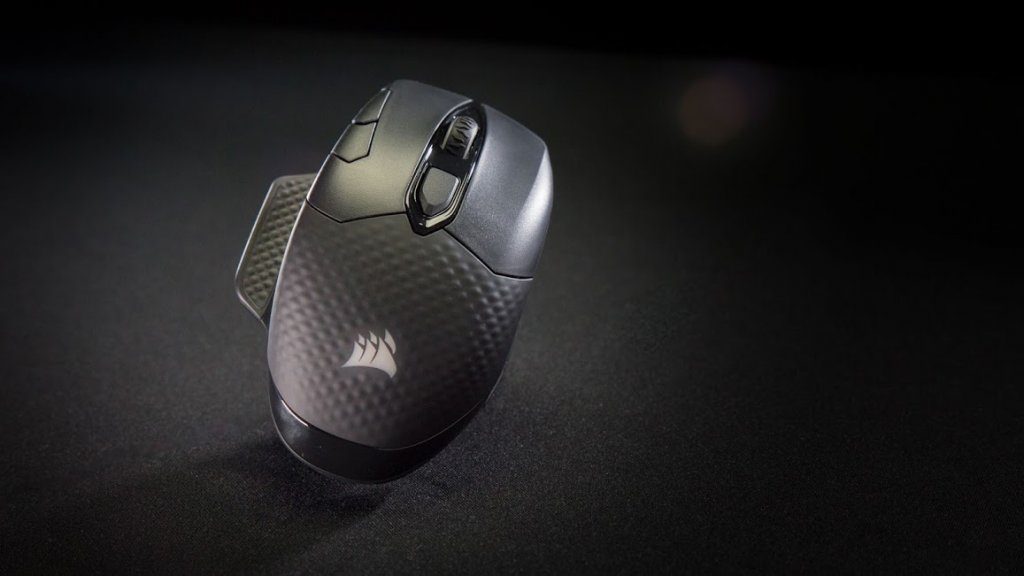
Speaking of wireless technologies, you’ll find two main versions. Bluetooth mice are increasingly common, and those are safe choices with most contemporary notebooks that tend to have Bluetooth radios built-in. If you’re using a desktop PC, then you might need to purchase Bluetooth dongle if the manufacturer doesn’t provide one with the mouse.
The other technology typically used with wireless mice is radio frequency (RF) adapters. One popular example is Logitech’s Unifying protocol, which operates at the 2.4GHz frequency and supports up to six Logitech wireless products. The Unifying adapter usually comes with Logitech mice (and keyboards), and you can connect that one Unifying receiver to a PC and then connect multiple compatible Logitech devices.
Wireless mice have a few important advantages over wired mice, and they also tend to be more expensive. A wireless mouse is, therefore, an increasingly popular choice that can work well for you, as long as you can live with keeping the mouse powered up and you can find one that provides the performance you need.
Gaming vs. general use
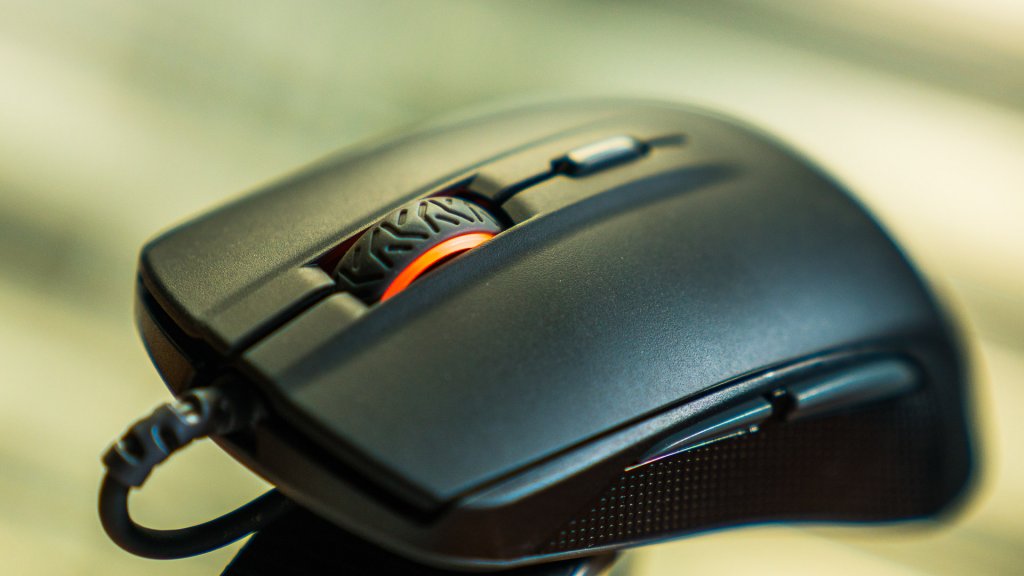
While you’re considering whether to go wired or wireless, you’ll want to consider exactly how you want to use your mouse. As we mentioned above, if you’re going to be using your mouse for gaming, then you’ll want to include performance in your list of important specifications.
Latency is one important performance consideration for gaming, where you’ll want the least latency possible. Also known as “input lag,” latency can be a killer, literally, in today’s fast-paced first-person shooter games. You don’t want to find yourself falling behind your competition, and latency can do just that, making you the tiniest bit slower on the trigger.
Sensitivity is also an important mouse specification, and manufacturers define it as dots per inch (DPI). The higher the DPI, the less physical distance the mouse needs to move on a surface to register movement on-screen. For gamers, sensitivity can be particularly important. Some prefer high sensitivity that allows them to move quickly across a screen with smaller hand motions, while others prefer to move their hands in larger gestures without such a large on-screen impact.
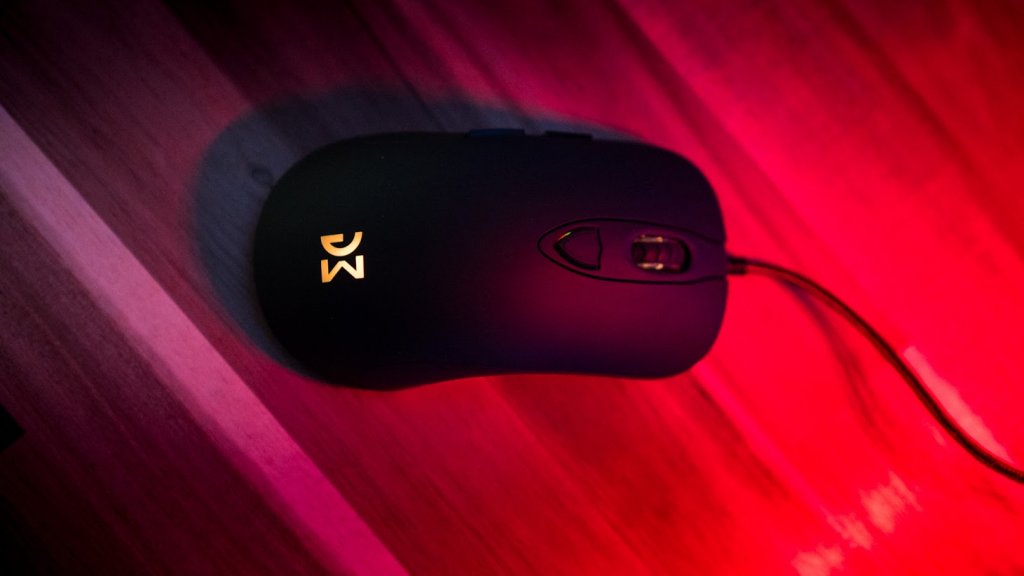
For this reason, some mice provide the ability to adjust DPI on the fly, from a low of 1,200 DPI or less to 6,400 DPI and even higher. This adjustability allows gamers to optimize their mousing experience for each game, and even for different in-game situations.
Some manufacturers optimize mice for certain kinds of games, with specific buttons and keypads that make certain kinds of games – like massively multiplayer online (MMO) games – easier to play. Many gaming mice come with software that provides game optimizations, and there are even customizable gaming mice that allow for physical changes, such as adjusting button response and changing the palm rest angle.
Sensitivity also matters for anyone who uses PC applications that require very precise movements. Examples include photo editors, 3D rendering software, and computer-aided design (CAD) applications.
If you’re not a gamer, then your decision in choosing a mouse will be much simpler. You can focus on things like size, ergonomics, and various non-gaming features. We’ll cover each of these topics next.
Sensors
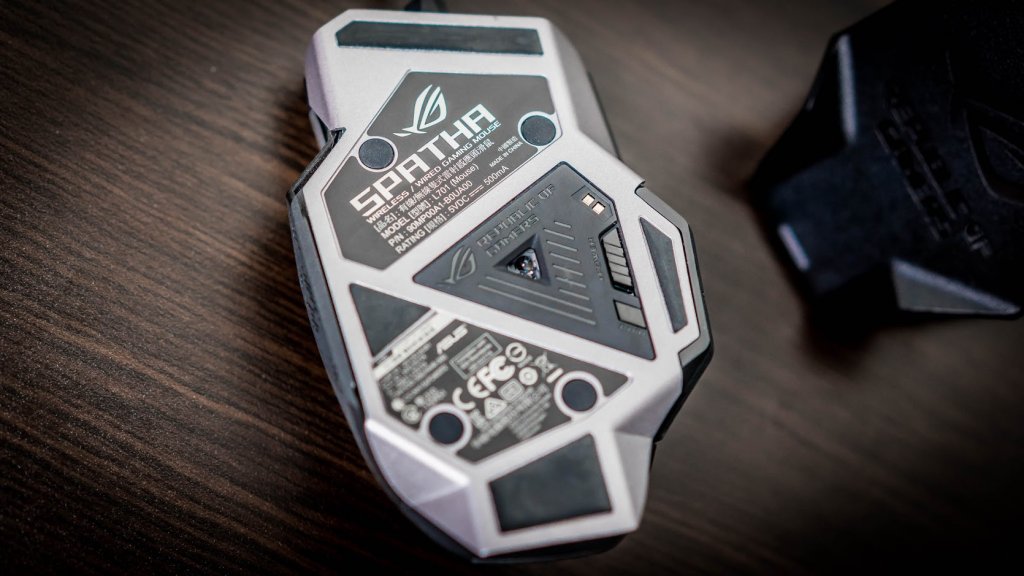
Older mice used balls and infrared sensors for measuring movement. Modern mice, on the other hand, use one of two kinds of light sources to take images of a surface and determine movement by comparing one image to the next as the mouse changes location.
Optical mice use LED lights that shine on the very top of a surface, and work best with certain kinds of surfaces, such as a fabric mouse pads and other non-glossy materials. Laser mice are more precise versions that work on more surface types.
Laser mice tend to be more expensive, but they’re not always the best choice. First, while they’re more sensitive, they generate more noise and can cause more variation in tracking. Second, they work at further distances from a surface, meaning that if you lift them up and move them across a mouse pad, they’re more likely to register that movement.
These factors can cause unwanted on-screen movement that can be particularly bothersome in gaming. Unless you’re a gamer, though, you’ll probably be more happy with a laser mouse based on its ability to work on just about any kind of surface.
Physical design
Mice come in all shapes and sizes, from small travel models to monster-sized options aimed at providing enhanced features and ergonomics. Which is best for you depends on a few factors, including your hand size, where you’ll be using your mouse, and whether you need to carry it around with you.
Size
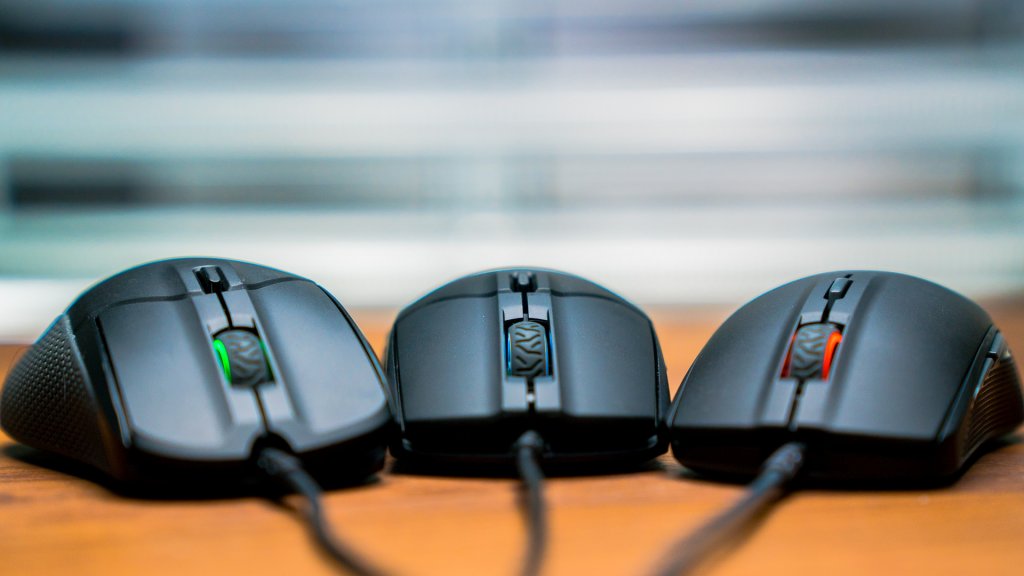
The first characteristic to consider is a mouse’s size. Mice that are intended to be portable tend to be smaller, and mice that are meant to sit on a desk tend to be larger. That’s perfectly logical, of course. Which is better for you comes down to the size of your hands – someone with smaller hands might choose a portable mouse just for its smaller dimensions – and to user preference.
Ergonomics
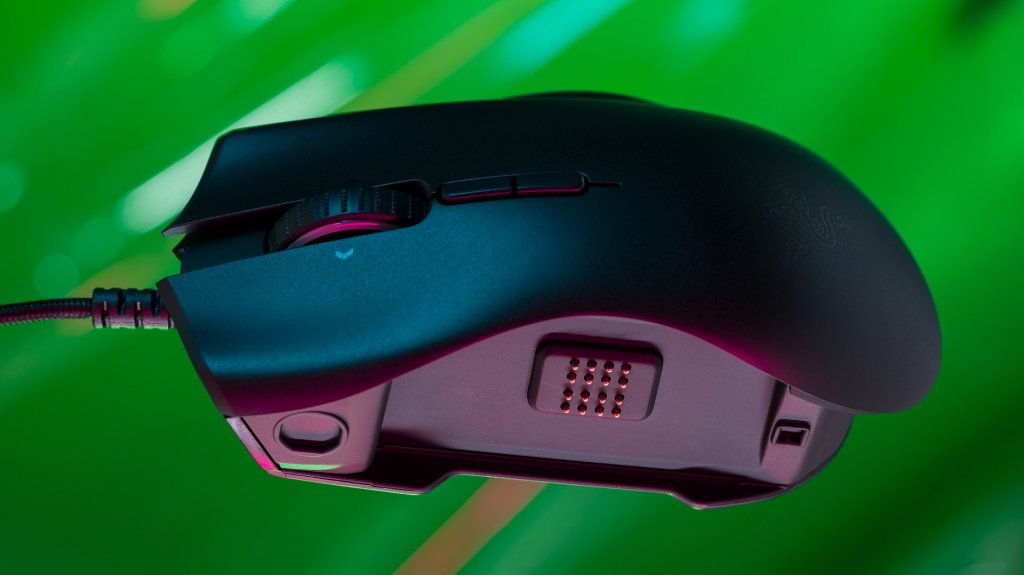
Ergonomic mice, or those that are designed to reduce hand and wrist strain, are usually on the large end of the spectrum. They tend to conform to the hand, and they coax users into holding their fingers, hands, and wrists at angles that allow for more comfortable long-term mousing sessions. They’re also usually made for right-handed users – unfortunately, a much smaller number of mice are designed specifically for lefties.
Grip

One differentiating feature is a mouse’s style of grip. There are three common grip types: palm, claw, and fingertip.
Some mice, usually larger models, have a design optimized for laying your palm across the top and pushing the most around with the entire hand. Other, typically smaller mice use designs aimed at a fingertip grip, where the user grasps the mouse with the fingertips to guide it. And yet other, narrower mice are designed such that the palm rests on the back of the mouse and the fingers are most comfortable resting on top, forming a claw.
Which grip works best for you comes down to personal preference, as well as your desired mouse size and shape.
Other features
Now that we have those basics out of the way, we can consider some of the other features that you’ll find on modern mice.
Buttons and dials
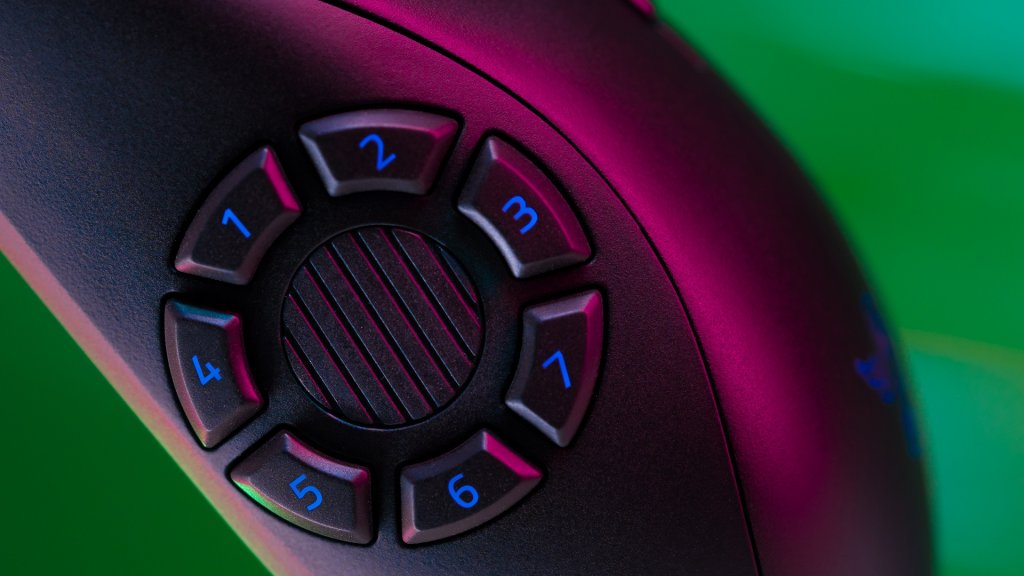
Most mice have at least two buttons, commonly referred to as the left and right buttons. Most operating systems assign the left button to primary actions like selecting objects and clicking on-screen items, and the right button to secondary actions like opening menus. The main exception is Apple’s line of mice, which have a single button and use various tricks to emulate a right button click as necessary.
Then, more complex mice are available that include additional buttons on the top, side buttons for accessing various special actions, and wheels that scroll and perform other actions. In many cases, these multi-button mice have special software that allows the buttons and wheels to be customized and remapped, enabling a wide range of individualized functionality.
Picking a mouse with the right kinds of buttons and wheels can make the difference between productivity and frustration. If you use complex applications, then you might be able to benefit from a mouse with a variety of buttons that can map to various functions.
Lighting

LED lights are another feature, primarily found on gaming mice. They add some additional flair, as well as feedback during gaming systems. Usually, such mice come with software that can customize the lighting and match it with a user’s installed games.
Other input options
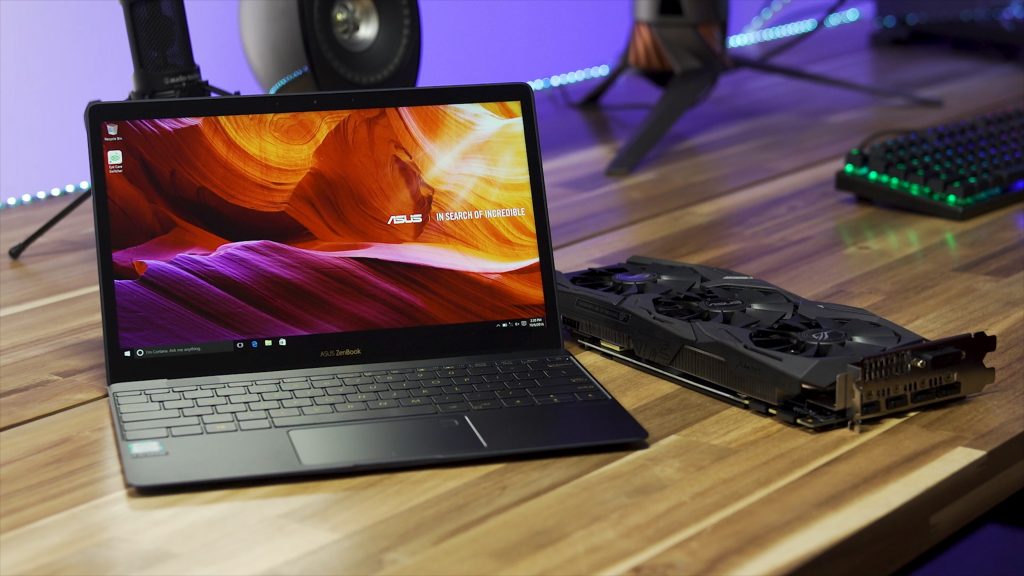
Traditional mice aren’t the only way to control your PC. Several other options exist that can work in different circumstances. For example, if you’re using a tablet, then chances are you’ll be relying exclusively on a touch display. You might also use a digital pen or stylus that allows you to write and draw on the display.
Notebooks use touchpads, which measure a user’s finger movements across a flat surface. Some touchpads include physical buttons, some allow light taps with one or two fingers to register left and right clicks, and some support multitouch gestures where up to four fingers can be used for actions like scrolling and to switch between application windows. Apple’s latest MacBook Pro touchpads incorporate special 3D sensors and haptic feedback to mimic physical button presses.
One of the most popular kinds of portable device today is the 2-in-1, which can convert from a traditional notebook into a tablet. With these machines, you’ll switch between using a touchpad and using a touch display, and you’ll often use both depending on the situation. Further complicating matters is that some newer traditional notebooks also offer touch displays.
Finally, another very mouse-like input accessory is the trackball, which essentially inverts the old ball-style mouse mechanism. Rather than rolling the ball around a surface, the user spins a ball that’s set into the top of the device to register movement.
Finding the right mouse for you
The lowly mouse might seem like an afterthought when you’re buying or building a new PC, but as you can see, there are some important factors to consider when making your purchase decision. The right mouse can make your PC experience vastly more productive, efficient, and fun, and so be sure to check out all of the mouse options in Newegg’s mouse section, where you can compare various mice side-by-side to find the perfect one for you.
